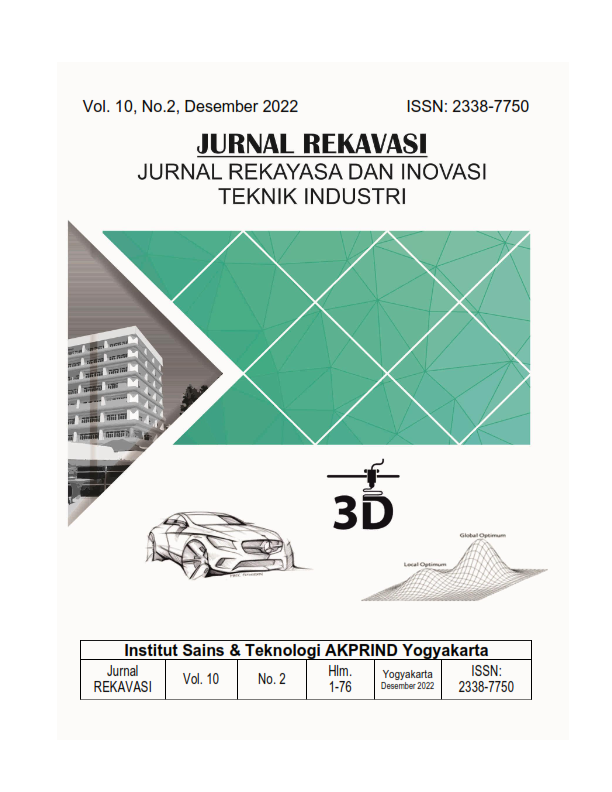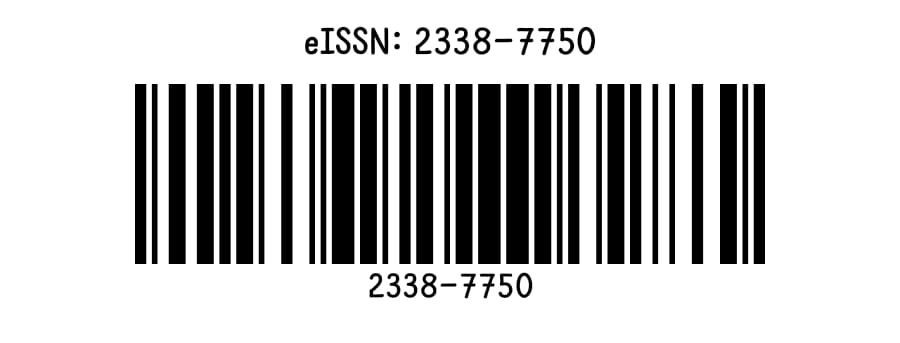PENENTUAN JUMLAH ALAT PEMADAM API RINGAN (APAR) OPTIMAL (STUDI KASUS: GEDUNG FAKULTAS TEKNIK UNIVERSITAS MULAWARMAN)
DOI:
https://doi.org/10.34151/rekavasi.v10i2.3890Keywords:
Fire, Fire Extinguisher, NFPA 10Abstract
The Faculty of Engineering, one of the faculties at Mulawarman University, has the potential for fire to occur. The application of fire extinguishers in the engineering campus environment is still deficient, therefore this research’s purpose are to find out how the application of fire extinguishers that have been applied at the Faculty of Engineering and how to give improvements to the implementation that is not appropriate. This research refers to the Regulation of the Minister of Manpower and Transmigration of the Republic of Indonesia No. Per04/Men/1980 and Regulation of the Minister of Public Works No.26 of 2008 to determine the suitability of the application of fire extinguisher. Meanwhile, a reference based on NFPA 10 is used to determine the number of appropriate fire extinguisher needs in the Faculty of Engineering. The results obtained from the 20 elements of the assessment carried out on 69 fire extinguishers at the Faculty of Engineering obtained an average of 59.47% according to the standard. From the calculation, it was found that the need for all fire extinguishers in the Faculty of Engineering building is 41 fire extinguishers which previously had 69 fire extinguishers. This amount also reduces maintenance costs from Rp8.775,000, - to Rp5.625.00, -. Suggestions for improvement are given to the extinguishers that aren’t accordance with ther application refers to the standards used, reducing the number of extingushers, allocationg 3 fire extinguishers to other building and storing 28 unused fire extinguishers in the warehouse.
References
Badan Pusat Statistik. (n.d.). Retrieved October 9, 2020, from
https://samarindakota.bps.go.id/statictable/2019/09/10/252/jumlah-musibah-kebakaran berdarakan-luas-areal-kerugian-serta-korban-jiwa-di-kota-samarinda-2018.html
NFPA - Reporter’s Guide: All about fire. (n.d.). Retrieved October 9, 2020, from
https://www.nfpa.org/News-and-Research/Publications-and-media/Press-Room/Reporters Guide-to-Fire-and-NFPA/All-about-fire
Panja, H. (2020). Penerapan Sarana Alat Pemadan Api Ringan di Pusat Perbelanjaan Mall. Higeia
Journal of Public Health Research and Development, 4(2), 280–290.
PDDikti - Pangkalan Data Pendidikan Tinggi. (n.d.). Retrieved July 18, 2021, from
https://pddikti.kemdikbud.go.id/data_pt/RTg5MEVGRDYtRURDMy00NkI5LThERjYtRTlGMj
RCRDhFMUEy#
PerMen 04-1980 Ttg APAR. (n.d.).
PERMEN PU No.26/PRT/M/2008. (2008). Persyaratan teknis sistem proteksi kebakaran pada
bangunan gedung dan lingkungan. PERMEN PU No.26/PRT/M/2008, 5.
Portable fire extinguishers. - 1910.157 | Occupational Safety and Health Administration. (n.d.).
Retrieved October 10, 2020, from
https://www.osha.gov/pls/oshaweb/owadisp.show_document?p_id=9811&p_table=standards
Pradipta, Y. (2017). Identifikasi Kebutuhan Alat Pemadam Api Ringan Di Rsp Universitas Brawijaya
Malang. The Indonesian Journal of Occupational Safety and Health, 5(1), 11.
https://doi.org/10.20473/ijosh.v5i1.2016.11-20
Putra, P. A. (2017). ANALISIS SISTEM PENANGGULANGAN KEBAKARAN WAREHOUSE PT
MERANTI NUSA BAHARI DI BALIKPAPAN. Universitas Balikpapan.
Ramawati, F. (2018). Analisis Penerapan Alat Pemadam Api Ringan (APAR) dan Jalur Evakuasi Serta
Penanggulangan Kebakaran di RSUD Bangkinang Kota Kampar Riau. Journal of Public Healts,
, 1–25.
Ramli, S. (2010). Petunjuk Praktis Manajemen Kebakaran (H. Djajaningrat (Ed.)). PT. Dian Rakyat.
Suryoputro, M. R., Buana, F. A., Sari, A. D., & Rahmillah, F. I. (2018). Active and passive fire
protection system in academic building KH. Mas Mansur, Islamic University of Indonesia.
MATEC Web of Conferences, 154, 0–5. https://doi.org/10.1051/matecconf/201815401094
Yulita, A., Maharani, F. T., & Utari, D. (2020). Analisis Penerapan Sistem Proteksi Aktif , Sarana
Penyelamatan Jiwa dan Pengorganisasian di Gedung Fakultas Ilmu Komputer Universitas
Pembangunan Nasional Veteran Jakarta Tahun 2018. Jurnal Ilmiah Kesehatan Masyarakat, 12(1),
–42.










